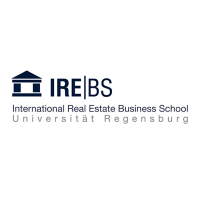Urban Regeneration and the Perceptions of Commercial Real Estate Market Participants
The Case of the Johannesburg Inner City
DOI:
https://doi.org/10.15641/jarer.v6i1.935Keywords:
Johannesburg Inner City, Commercial Real Estate, Qualitative Research, Urban Regeneration, South AfricaAbstract
Many factors contribute to urban decay in inner city locations as real estate investments fall and industries disappear or move to more attractive locations. In South Africa, the attainment of democracy and the resultant ‘white flight’ in favour of decentralised locations precipitated urban decay. Commercial real estate has spill-over effects on foot-count and absorption rates on inner city real estate. It helps stimulate redevelopment of other property types such as apartments, which contribute to the overall economic revitalisation of the decayed inner city. This paper examines the challenges faced by real estate investors in regeneration projects in Johannesburg Inner City (JIC). The paper uses an exploratory qualitative research design, where interviews were conducted with commercial real estate participants in JIC. The paper identified five challenges faced by commercial real estate market participants regarding investments and operations: building acquisition, physical public infrastructure, homelessness, lack of financing, and crime. An understanding of these challenges faced by commercial real estate market participants is valuable for policy-makers trying to attract commercial real estate investments to the inner city. Successful regeneration projects will promote urban renewal and revitalise economic activities in the decaying regions. The identified challenges will illuminate municipal programs and policies needed for the development of inner cities.




